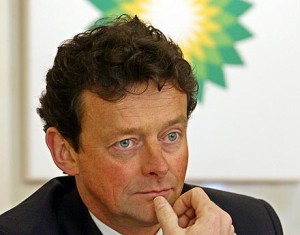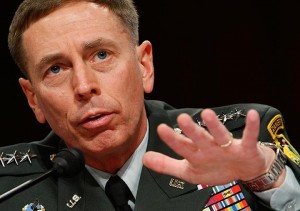The Investor Relations (IROs) function is a critical management resource, representing the company to the Street and keeping management advised about the interests and perceptions of major shareholders and financial industry professionals.
Of course, there’s much more to being the Investor Relations Officer than supporting the CFO or making presentations at major financial conferences or even the daily routine of interacting with analysts and shareholders. Many IROs provide analysis and information to management about who is buying and selling the company’s stock. They may hire a surveillance firm to assist, but they are front-line analysts, interpreting aggregated information and making strategic recommendations.
Amid increased shareholder activism as well as regulatory and congressional proposals, boards increasingly want access to this information as well. Such requests offer the IRO a unique opportunity not just to respond to the board but help them take the next step in achieving greater effectiveness with shareholders.
In this new era of transparency and disclosure, boards need to understand the quality of shareholder interactions and ensure that the company provides transparent, effective shareholder communication across multiple audiences-including investors, brokers, owner research groups, employees, customers, and the community and public at large. As a member of management, the IRO can provide intelligence on stock and investment strategies to the board; however, the larger issues of governance communication best practices requires the perspective of an outsider. To preserve its oversight function, boards need an independent communication advisor to help them think through their communication practices.
The board-shareholder communication discussion begins in executive session. How will the work of shareholder communication be handled? Will it be a subcommittee of an existing committee? Is it naturally the role for the lead director or independent chair? Has she or he had media training? Does the rest of the board know how to handle telephone calls and other information requests by referring the inquiry to the designated board member? What kind of standard does the board want to establish in communicating with shareholders?
An independent communications advisor with governance expertise can facilitate the board’s work in this area, bringing a unique skill set as well as an outside perspective. The consultant’s corporate experience recognizes management’s communication resources and expertise, balancing message consistency with the board’s responsibility for oversight.
How would the board handle a corporate governance challenge? Advance planning is the key to avoiding or minimizing negative impact. The board needs to preserve its independence by deciding how it will engage with shareholders and the public—constituencies that have in some cases lost faith in the board’s ability to provide oversight. In other words, decisions about board-shareholder communication must emanate from the board.
The IROs who see that the tide has turned in favor of empowered shareholders—shareholders who want and expect unfettered access to the board they elect—will recognize the importance of communication expertise for the board. By anticipating and meeting the board’s need for communication help amid cynicism and increased scrutiny, they engage a powerful ally in the company’s reputation. As the board utilizes communication opportunities and begins to develop shareholder loyalty, the IRO helps to build a base of shareholders who embrace longer-term investing.
 “I’d hate to think that the U.S. corporate world will become as dysfunctional as the U.S. Senate,” he said, referring to “this monstrosity ” of legislation. His questions to his fellow panel members reflected his belief that new regulations were going to stifle performance. “This is meant to encourage dialogue with shareholders, which is an important principle of the legislation,” the panelist replied.
“I’d hate to think that the U.S. corporate world will become as dysfunctional as the U.S. Senate,” he said, referring to “this monstrosity ” of legislation. His questions to his fellow panel members reflected his belief that new regulations were going to stifle performance. “This is meant to encourage dialogue with shareholders, which is an important principle of the legislation,” the panelist replied.




